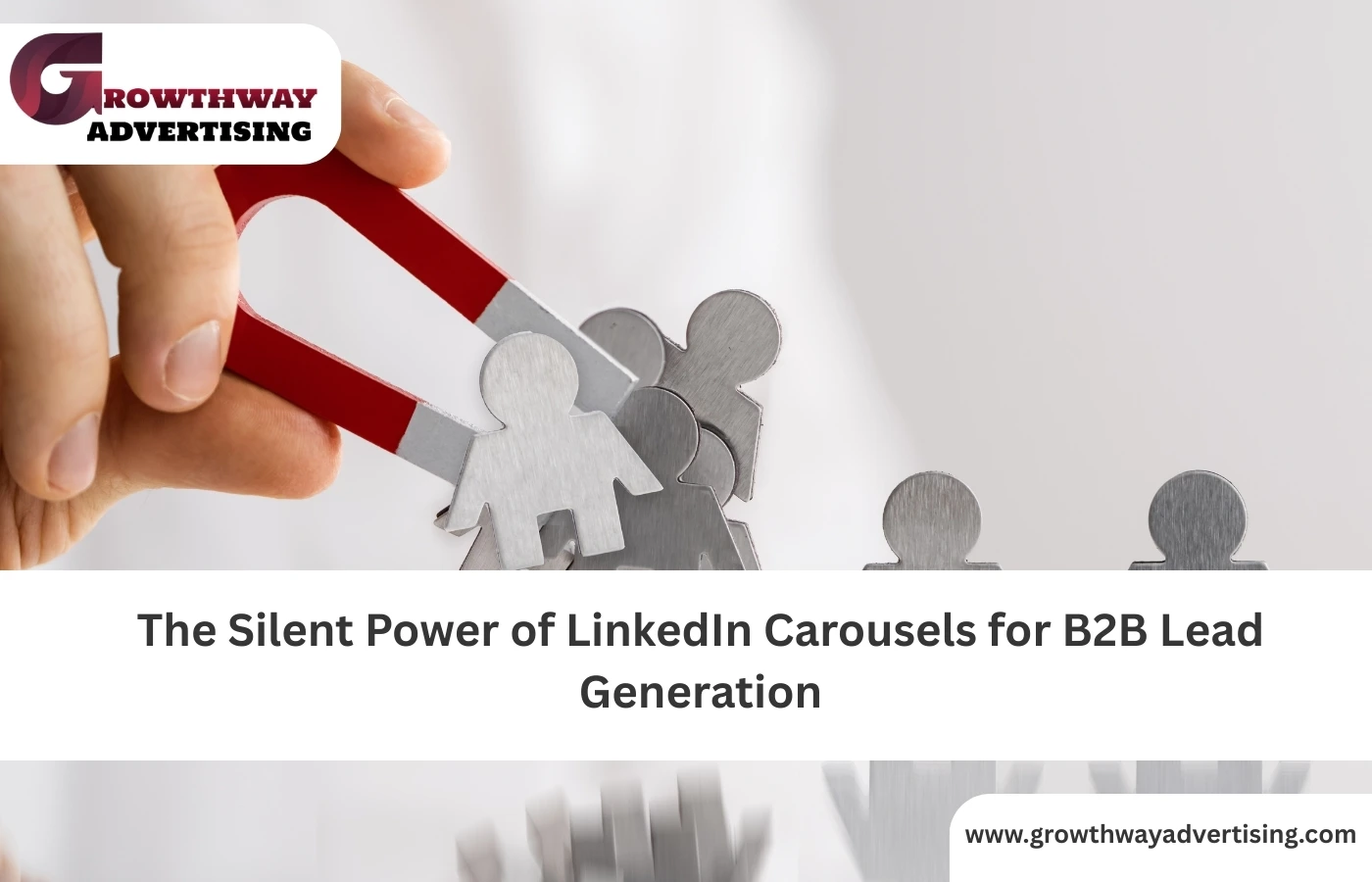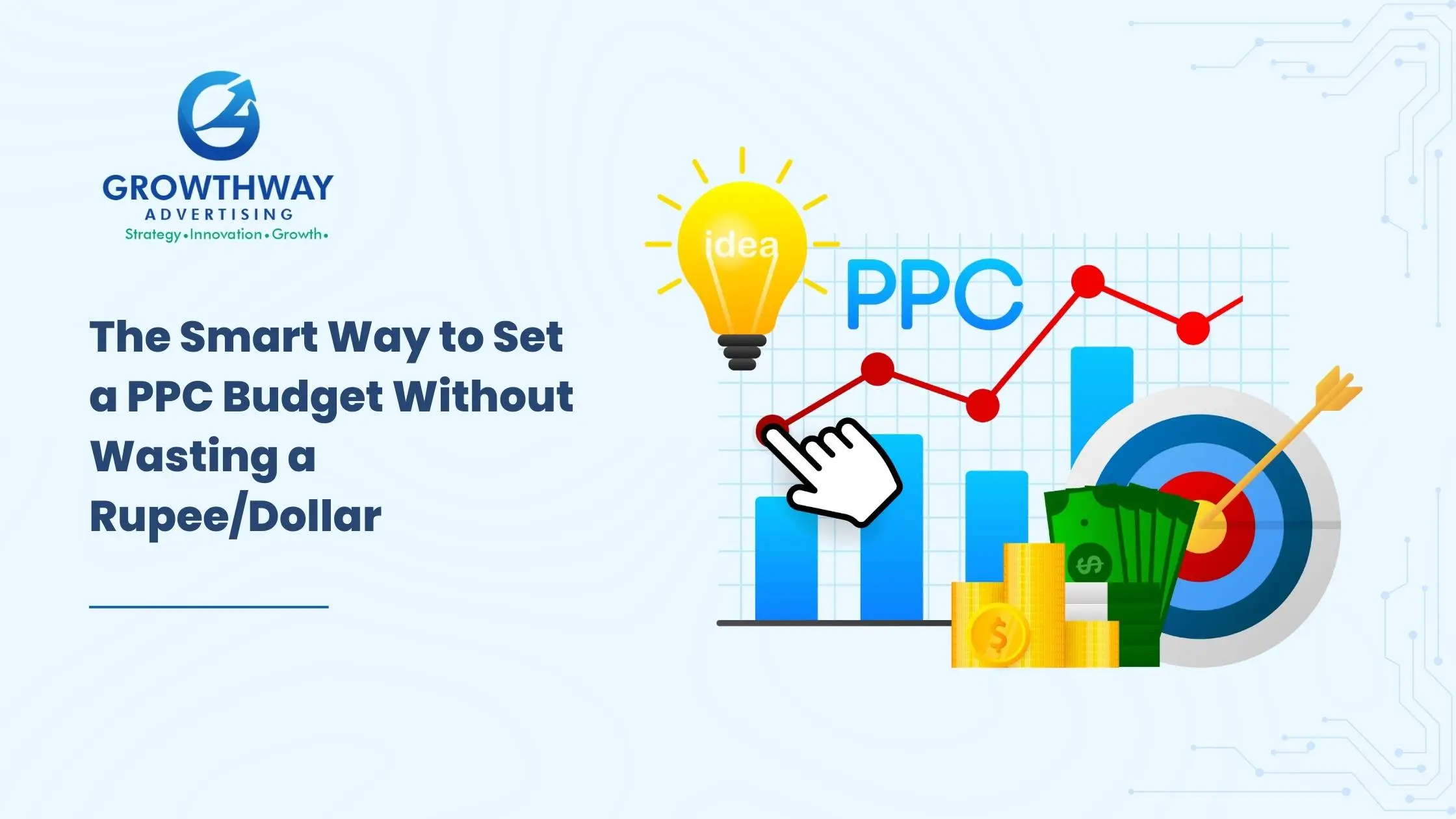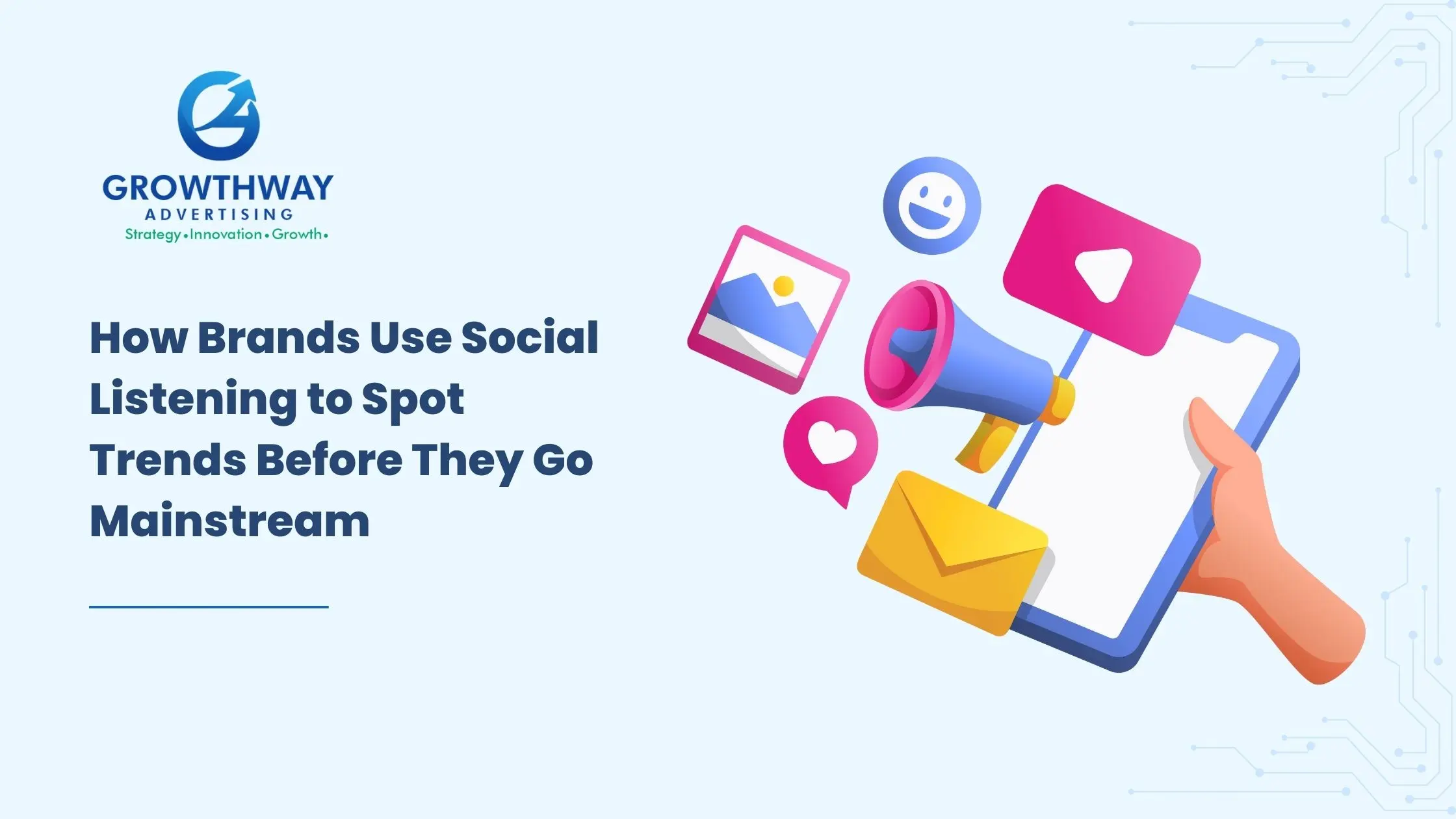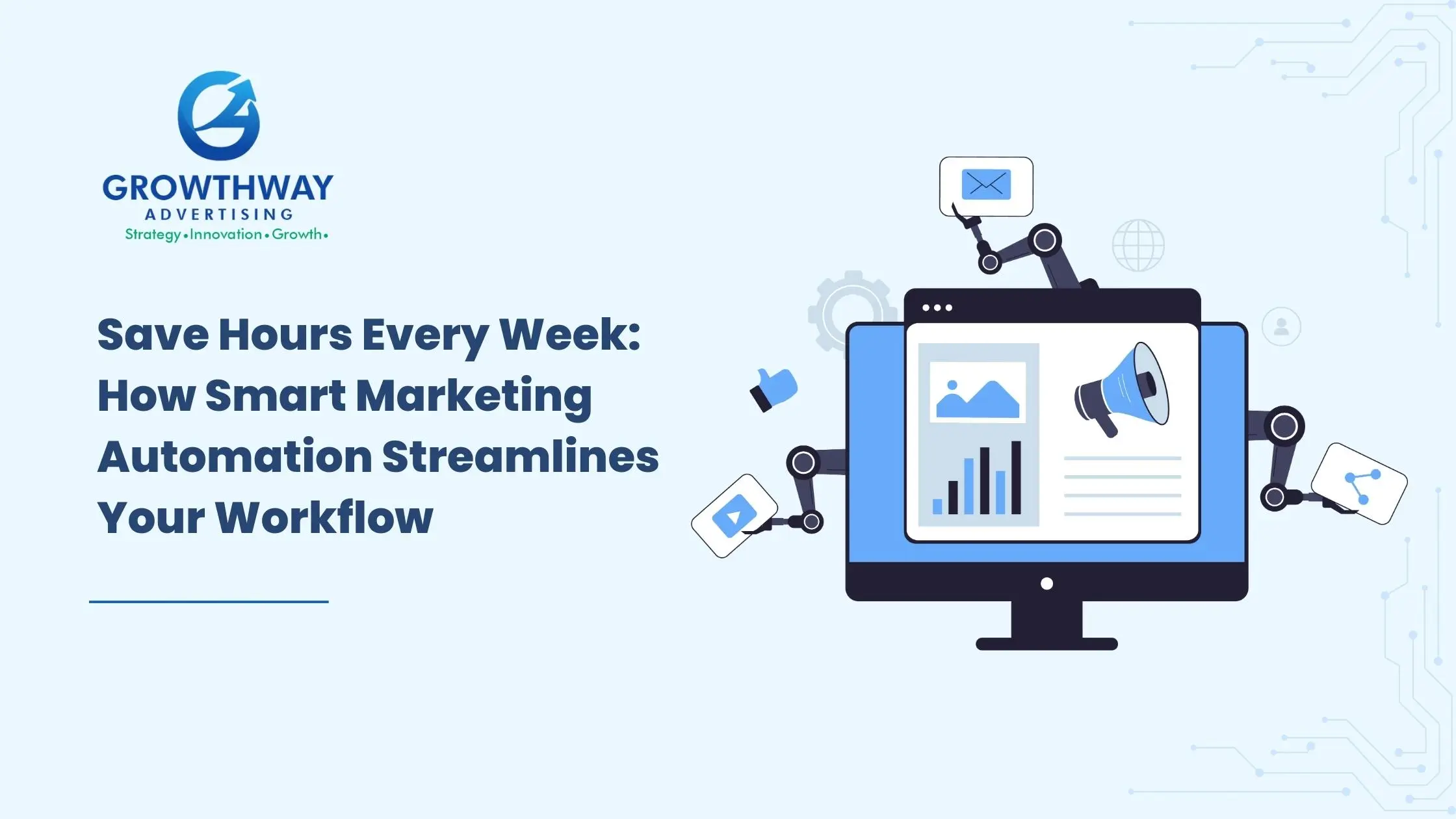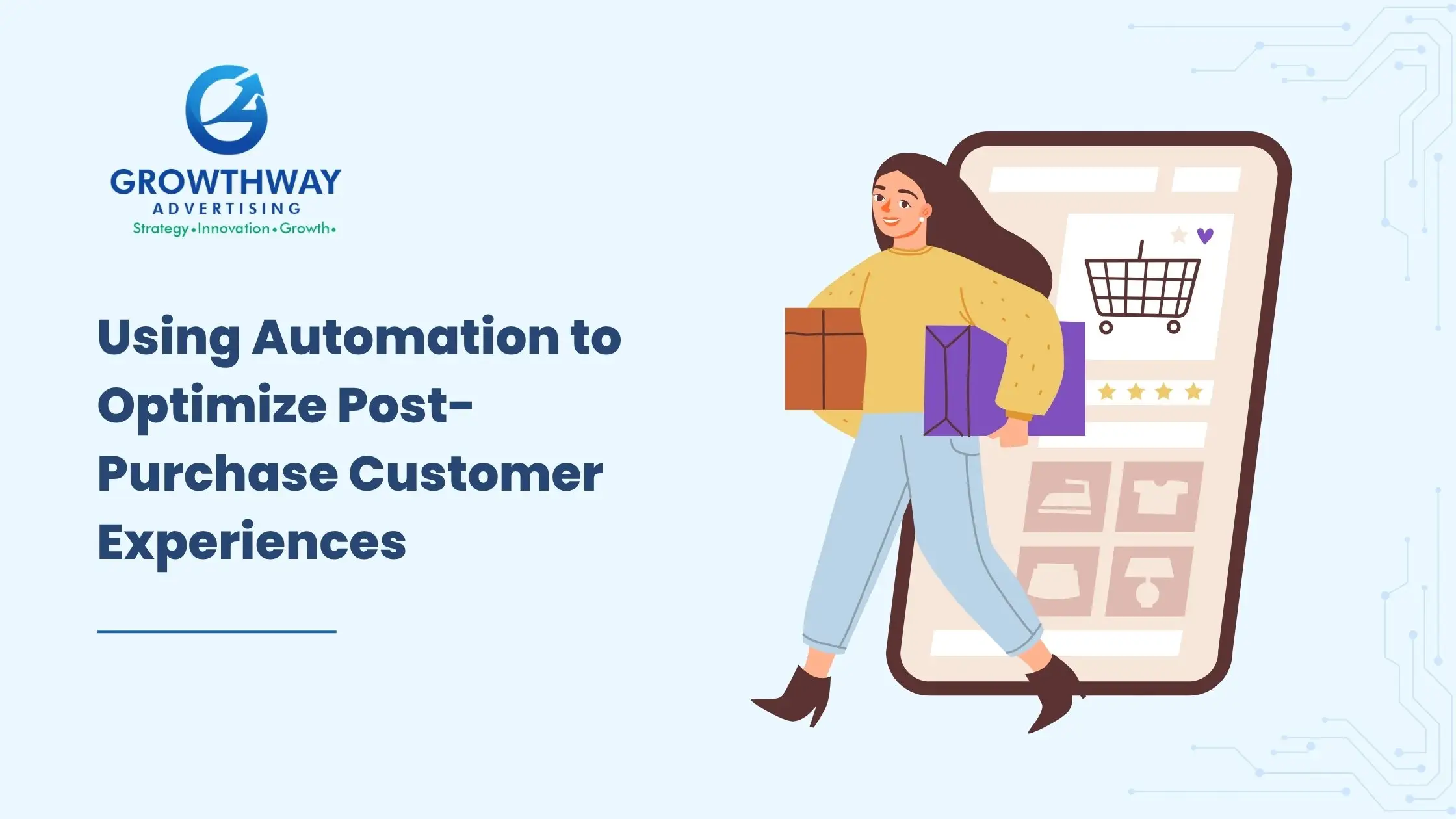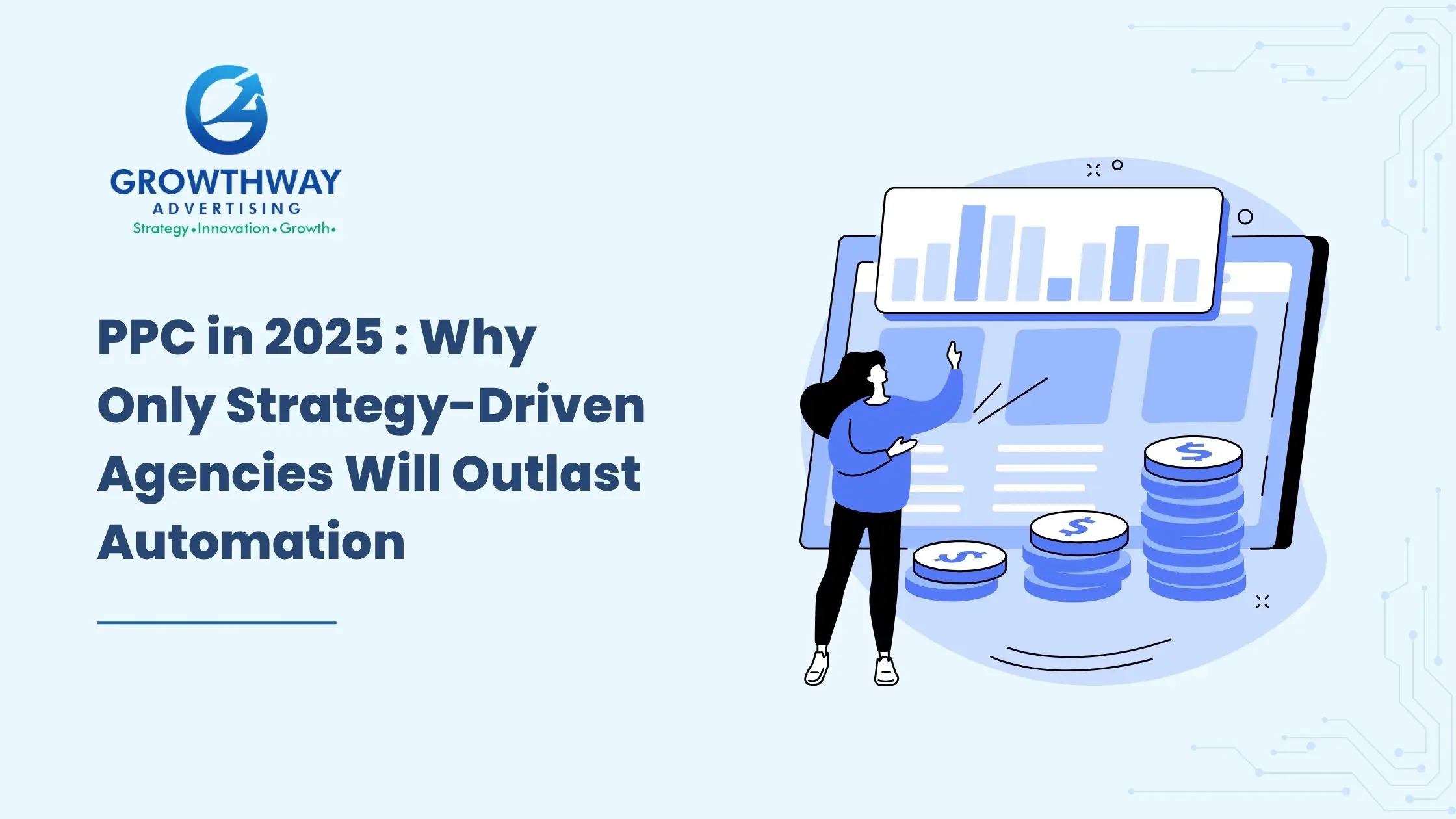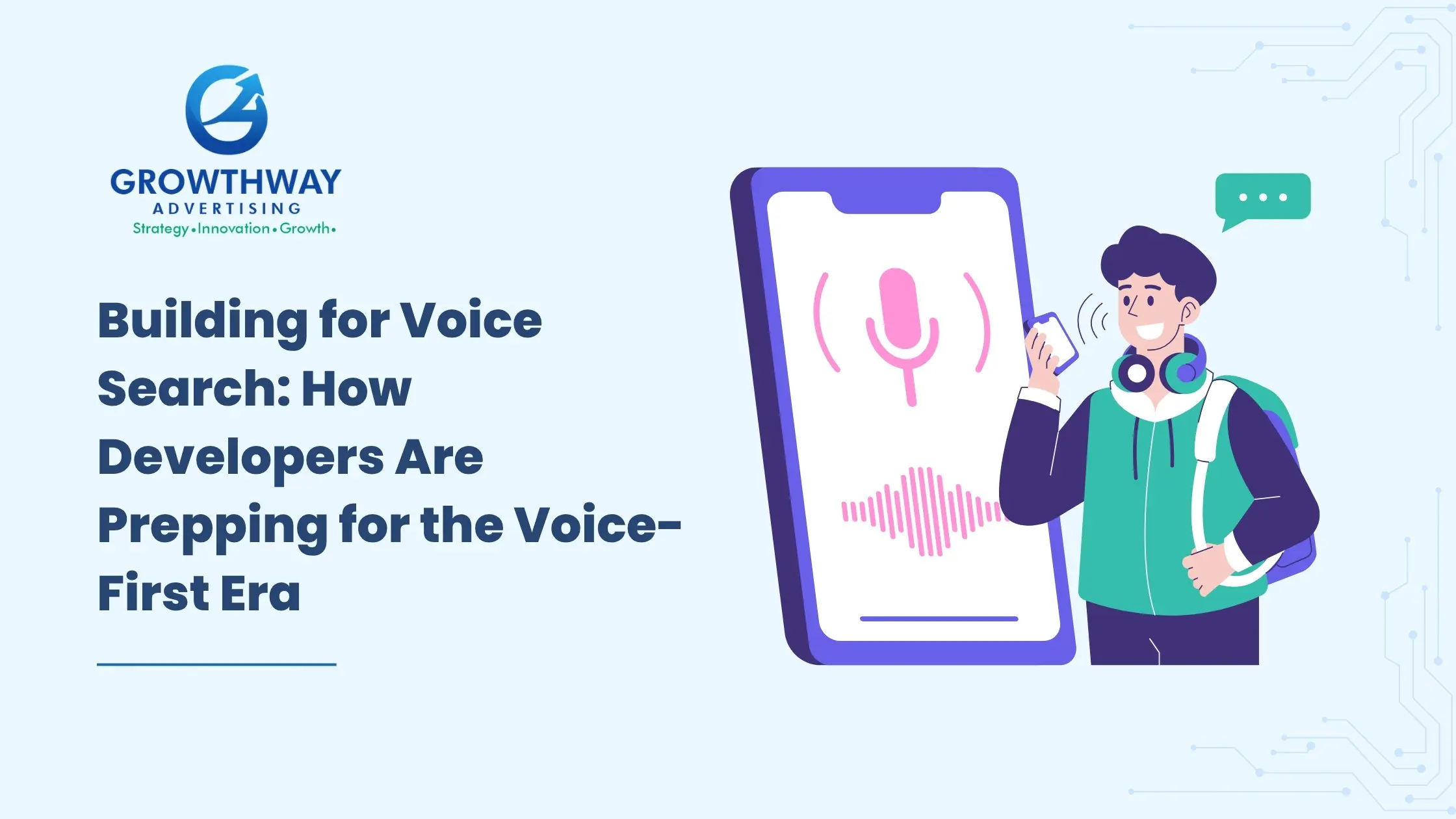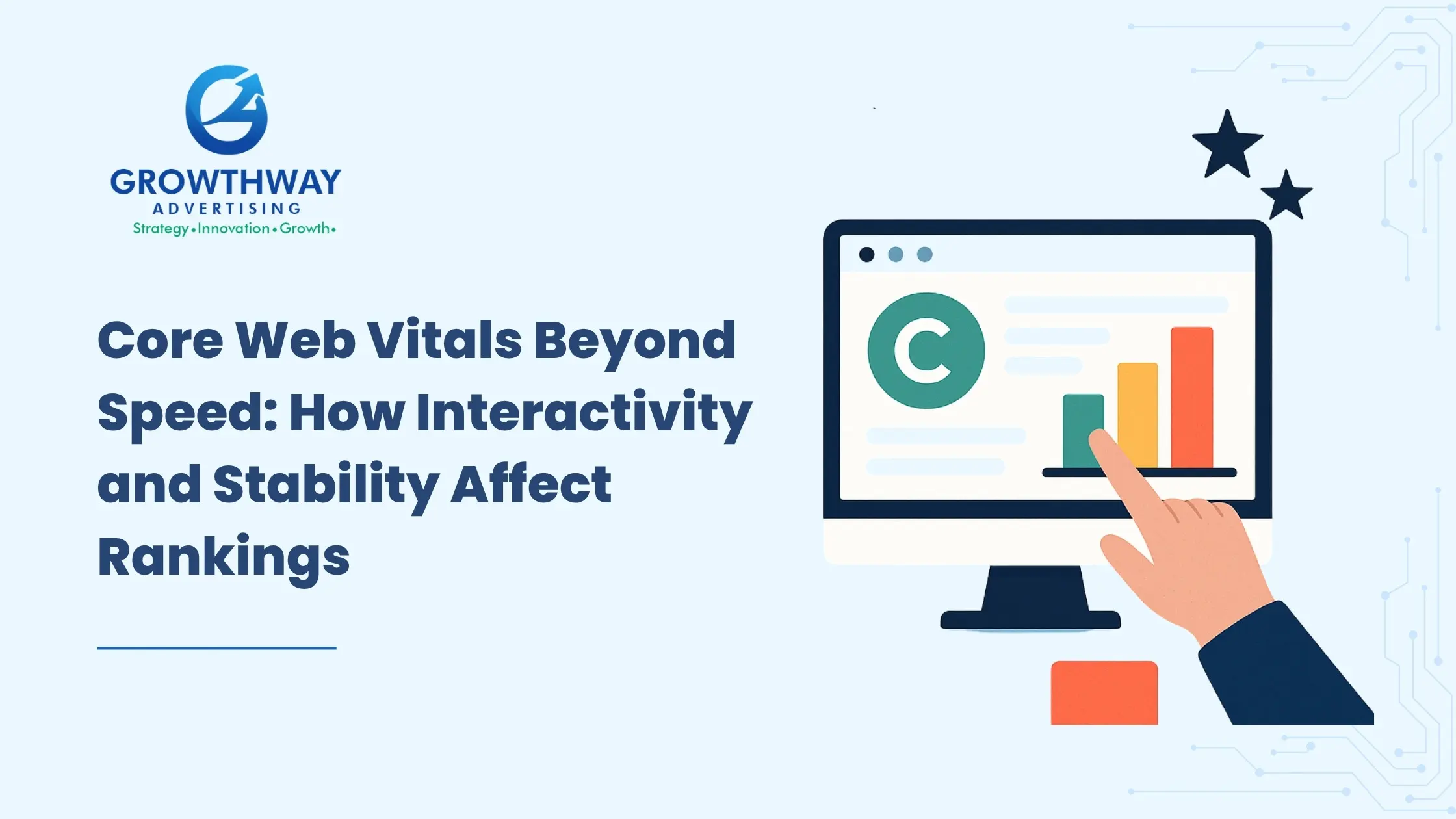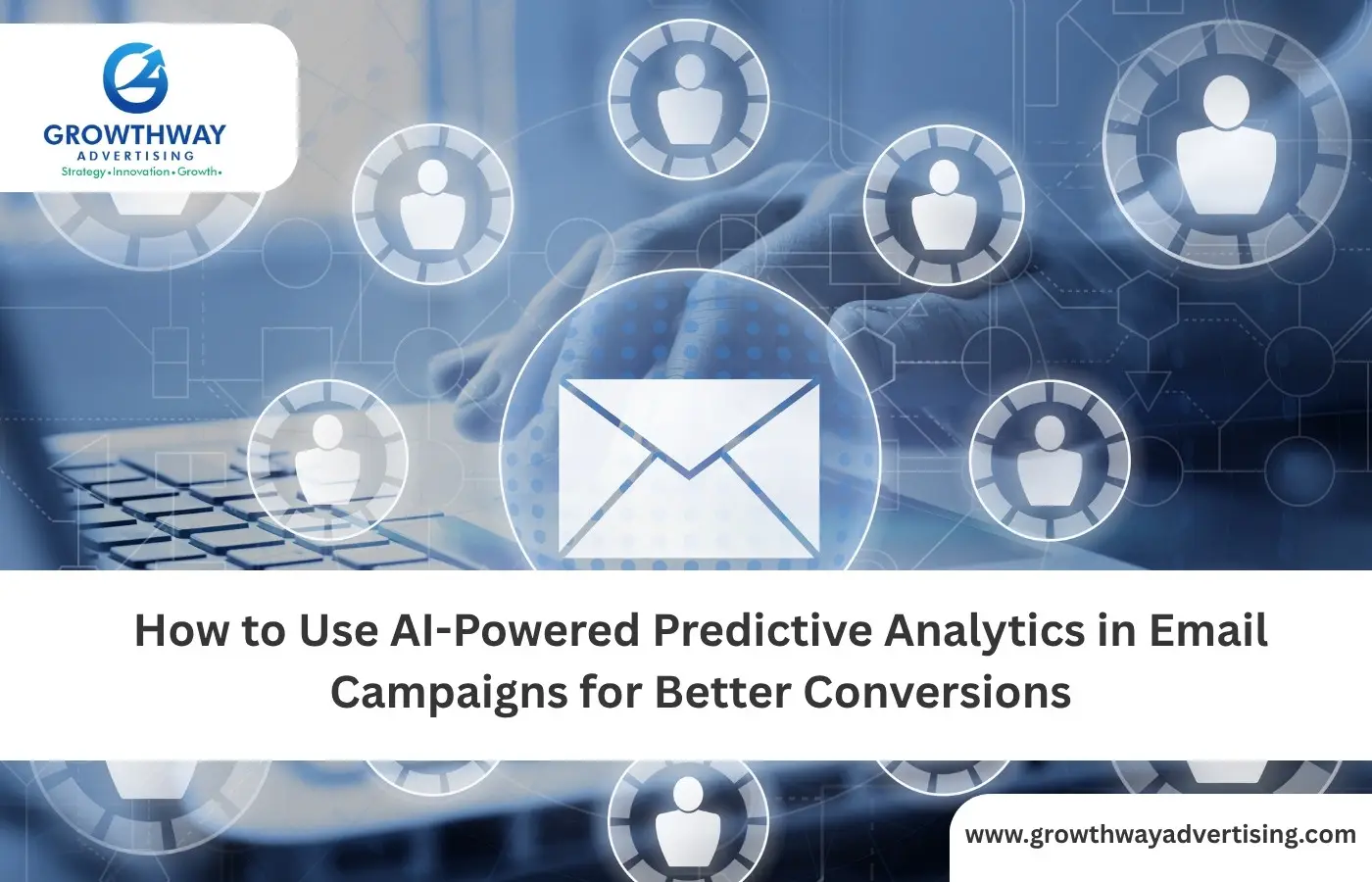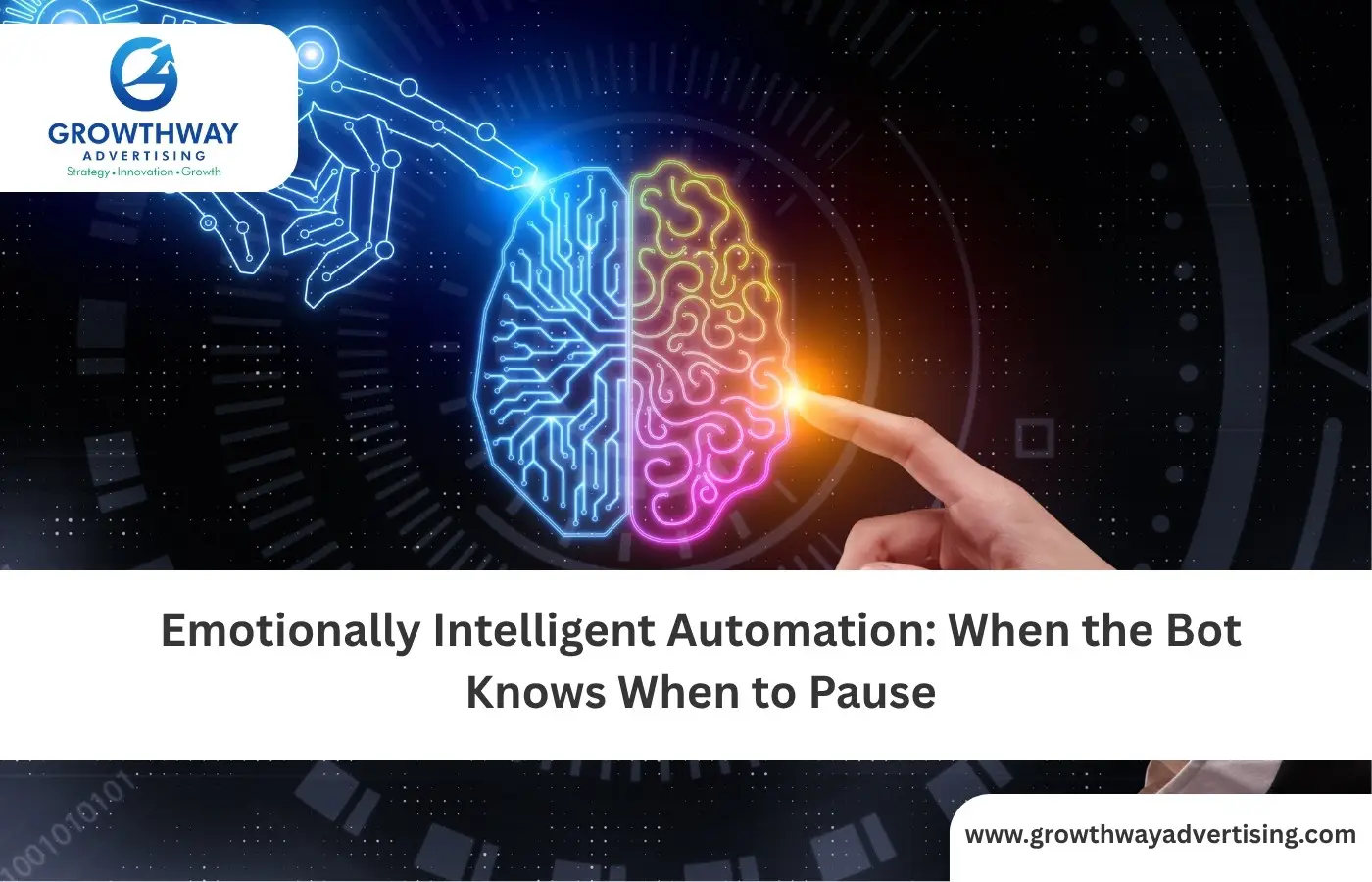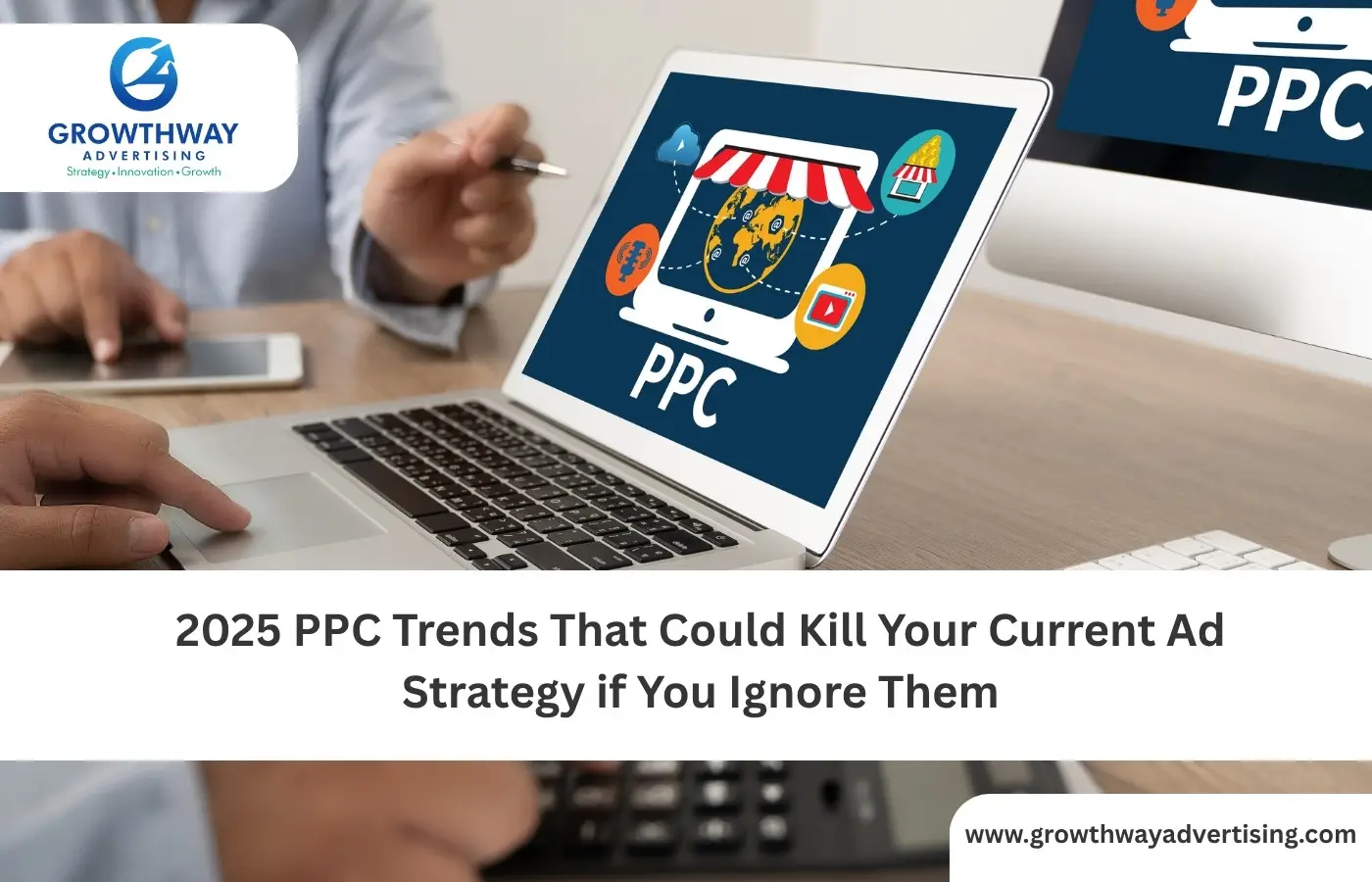In the fast-evolving world of B2B LinkedIn marketing, one format has quietly emerged as a powerhouse for engagement, storytelling, and conversion: LinkedIn Carousels. While flashy video ads and long-form articles often steal the spotlight, carousels have been silently driving results for brands that understand how to wield them strategically.
Whether you’re a social media marketing agency, a SaaS founder, or a consultant trying to attract high-value leads, the silent power of carousels lies in their ability to blend education, storytelling, and visual engagement, all within the swipe of a finger.
Let’s unpack what most marketers are talking about and what they’re still missing when it comes to using LinkedIn Carousels for B2B lead generation.
Why LinkedIn Carousels Work So Well for B2B
At their core, LinkedIn Carousels are multi-slide posts that allow you to tell a story, explain a concept, or showcase a product in a visually digestible format. Unlike static posts, they encourage interaction through swiping, saving, and sharing actions that signal value to the LinkedIn algorithm.
This format is especially effective in the lead generation funnel, where prospects are looking for clarity, credibility, and confidence before making a decision. Carousels offer a way to deliver bite-sized insights that build trust without overwhelming your audience.
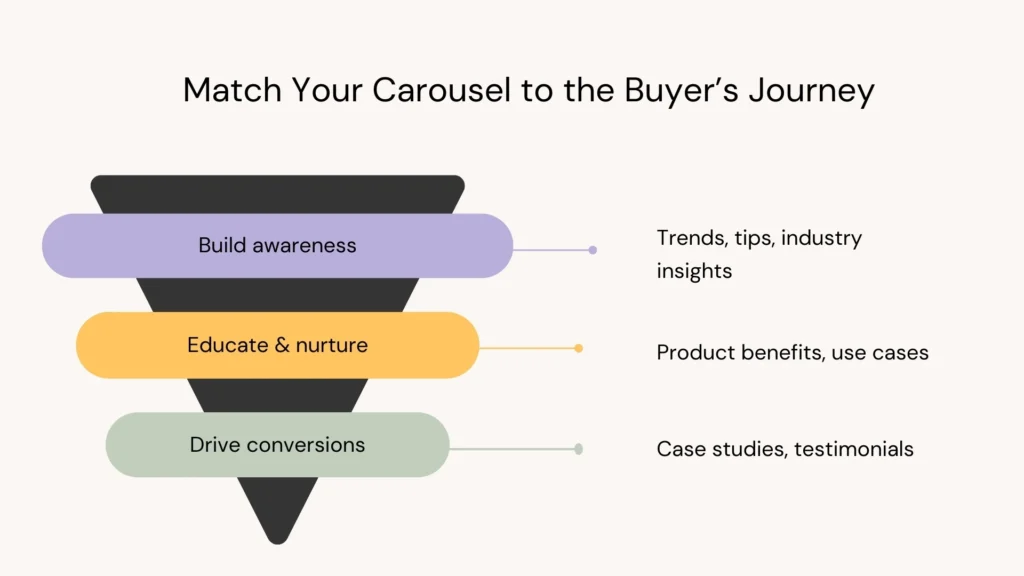
For social media marketing companies and B2B brands, this means more dwell time, more engagement, and ultimately, more qualified leads.
What Most Marketers Are Already Doing Right
Let’s start with the good news. Many B2B marketers have already embraced the basics of carousel storytelling. They understand the importance of a strong first-slide hook—a bold statement or question that stops the scroll and invites curiosity.
They’re also using the slide-by-slide narrative to guide viewers through a logical flow:
- Slide 1: Hook
- Slide 2–4: Problem and context
- Slide 5–7: Solution or framework
- Final slide: CTA (comment, save, or visit landing page)
This structure works well for educational content, product breakdowns, and mini-guides. It’s a format that social media management services often recommend to clients who want to build authority and drive engagement.
Additionally, many brands are leveraging LinkedIn carousel ads to amplify reach. These paid formats allow for precise targeting, making them ideal for reaching decision-makers in specific industries or job roles.
Untapped Potential of LinkedIn Carousels in B2B Lead Generation
While the fundamentals are widely covered, there’s a deeper layer of strategy that’s often overlooked. Here’s where the real power of LinkedIn Carousels begins to shine.
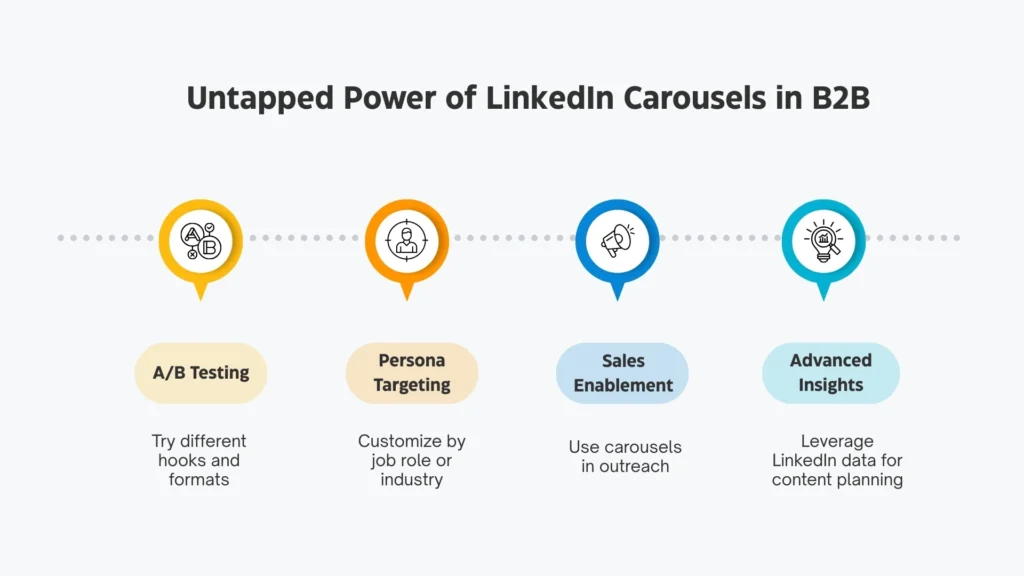
1. Personalization by Funnel Stage
Most carousel content is created with a one-size-fits-all mindset. But in reality, your audience is at different stages of the lead generation funnel. Some are just discovering your brand, while others are evaluating solutions.
Imagine creating three versions of a carousel:
- Top-of-funnel: “5 Trends Shaping B2B SaaS in 2025”
- Mid-funnel: “How Our Platform Solves X Problem”
- Bottom-of-funnel: “Client Case Study: 300% ROI in 90 Days”
This kind of segmentation is rarely discussed but can dramatically improve conversion rates. It’s a tactic that forward-thinking social media marketing services should be offering as part of their strategy.
2. Advanced Targeting Insights
The LinkedIn algorithm rewards relevance. Yet few marketers use LinkedIn’s audience insights to inform carousel content. By analyzing job titles, industries, and engagement behavior, you can tailor your messaging to resonate more deeply.
For example, a social media advertising campaign targeting CFOs might focus on ROI and cost-efficiency, while one aimed at CMOs could highlight brand visibility and campaign performance.
3. A/B Testing Carousels
Another missed opportunity is A/B testing. Most marketers publish a carousel and hope for the best. But what if you tested two versions one with a question-based hook and another with a bold statement? Or compared a 5-slide format to a 7-slide one?
These experiments can reveal what truly resonates with your audience and help you optimize future content. It’s a practice that social media services should be integrating into their monthly reporting.
4. Repurposing Existing Content
Content repurposing is a goldmine for carousel creation. Webinars, blog posts, whitepapers, and even podcast episodes can be distilled into swipeable insights.
For example:
- A 45-minute webinar → “7 Takeaways from Our Latest Webinar”
- A blog post → “Key Stats from Our Latest Research”
- A podcast → “Quotes That Will Change How You Think About B2B Growth”
This approach not only saves time but also extends the life of your existing content. It’s a strategy that every social media marketing agency should be pitching to clients.
5. Sales Enablement via Carousels
Here’s a game-changing idea: use carousels as part of your sales outreach. Instead of sending a long email, what if your SDRs shared a carousel titled “3 Ways We Help Companies Like Yours Cut Costs”?
This format is visually engaging, easy to consume, and perfect for LinkedIn DMs. It’s a tactic that social media marketing companies rarely explore but could be a powerful addition to their toolkit.
Carousel Formats That Drive Results
Let’s break down a few formats that consistently perform well in B2B LinkedIn marketing:
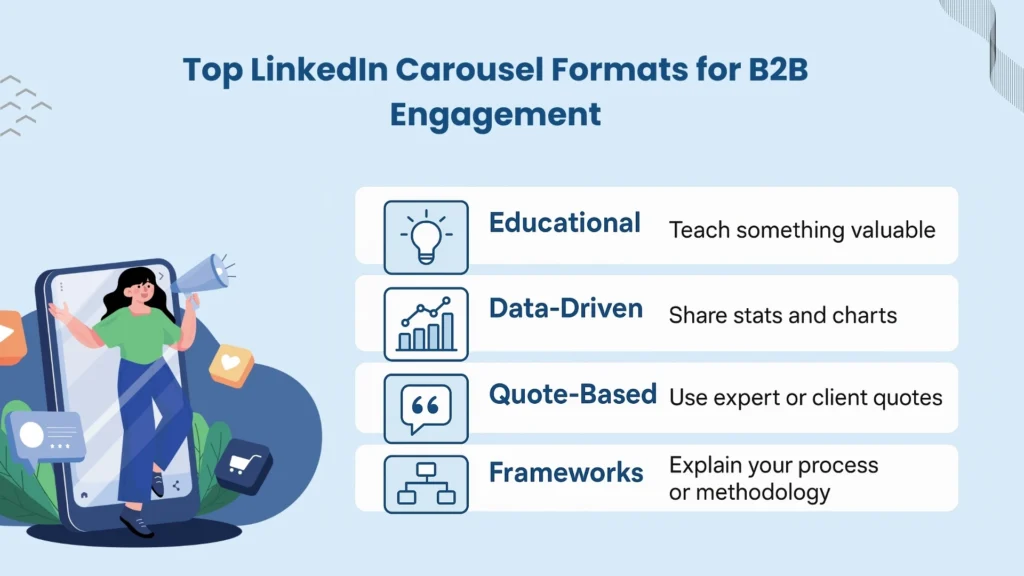
Educational Carousels
These teach something valuable in a short amount of time. Think “5 Mistakes to Avoid in B2B Sales” or “How to Build a Scalable Marketing Funnel.”
Data-Driven Carousels
Use charts, graphs, and stats to make your point. These are great for showcasing industry trends or product performance.
Quote-Based Carousels
Pull powerful quotes from thought leaders or clients. These build credibility and spark conversation.
Framework Carousels
Break down your methodology or process. For example: “Our 4-Step Approach to B2B Lead Generation.”
These formats are ideal for social media management services looking to increase engagement and position their clients as experts.
Design Tips That Matter
Design isn’t just about aesthetics, it’s about clarity and flow. Here are a few tips to make your LinkedIn Carousels pop:
- Use bold typography for your first-slide hook
- Stick to brand colors for consistency
- Keep each slide focused on one idea
- Use icons and visuals to support your message
- End with a clear CTA (comment, save, visit link)
These principles are especially important for social media marketing companies that want to deliver high-performing creative assets.
Metrics That Matter (Beyond Likes)
Most marketers track likes and shares, but the real magic lies in deeper metrics:
- Dwell time: How long users spend swiping through your carousel
- Saves: A strong indicator of value
- Comments: Signals engagement and interest
- Click-throughs: If linked to a landing page or lead magnet
These metrics help you understand where your audience is in the lead generation funnel and what kind of content moves them forward.
Tools That Make Carousel Creation Easier
If you’re a social media marketing agency or freelancer, you’ll want to streamline your workflow. Here are a few tools that help:
- Canva: Great for quick designs
- Figma: Ideal for collaborative teams
- PostNitro: Built specifically for LinkedIn carousels
- Hootsuite: For scheduling and analytics
These tools support the creation, testing, and optimization of LinkedIn carousel ads and organic posts alike.
Final Thoughts on the Silent Power
The beauty of LinkedIn Carousels is that they don’t scream for attention, they earn it. Through thoughtful design, strategic messaging, and smart targeting, they quietly guide your audience from curiosity to conversion.
For social media marketing services and B2B brands alike, this format offers a unique blend of storytelling and performance. And when used correctly, it becomes one of the most effective tools in your B2B lead generation arsenal.
FAQ’s
LinkedIn Carousels are multi-slide posts that allow brands to share insights, stories, or data in a swipeable format. They increase engagement and dwell time, making them ideal for B2B lead generation.
LinkedIn carousel ads are paid promotions that allow precise targeting by job title, industry, or company size. They’re ideal for moving prospects through the lead generation funnel.
The first-slide hook is critical, it must grab attention instantly. A strong question, stat, or bold statement sets the tone for the entire slide-by-slide narrative.
Effective formats include carousel storytelling, how-to guides, case studies, data visualizations, and frameworks tailored to your audience’s pain points and goals.
Absolutely. Content repurposing is a smart way to turn long-form assets into engaging carousels that extend reach and reinforce your brand message.
The LinkedIn algorithm favors carousels due to higher dwell time and interaction. Posts with saves, comments, and swipes tend to get more organic reach.

